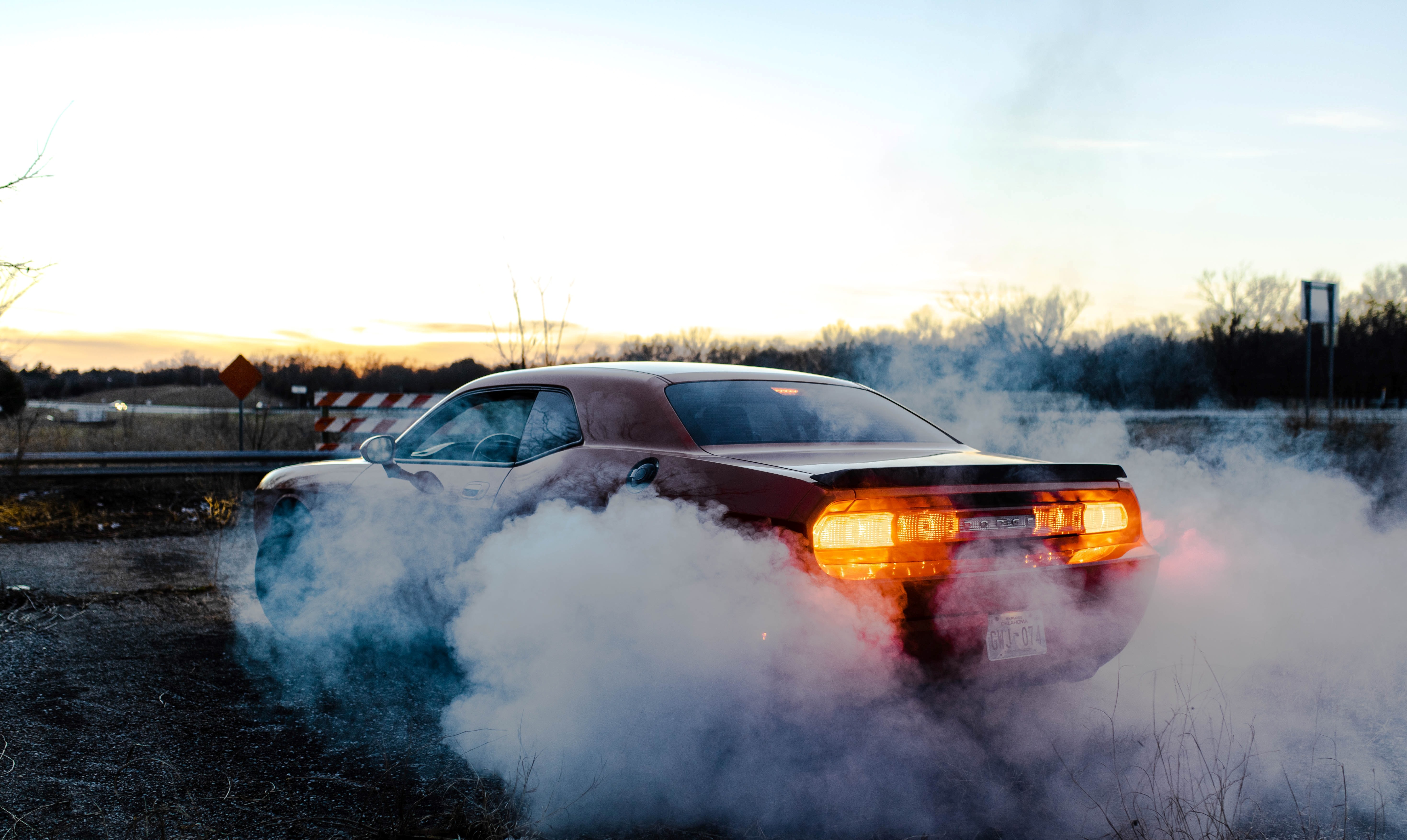Media release
From: University of Technology Sydney (UTS)Remote sensing is a snapshot emission measurement under one driving condition. With a large number of remote sensing measurements, the averaged emissions represent roadside emissions and their contribution to urban air pollution.
This study reassesses remote sensing of emission distribution and challenges the interpretation of remote sensing data as the effective way in identifying which vehicles are the highest emitters of CO NO and HC. By this interpretation, it follows that the most cost-effective emission control measure is to repair or deregister a small percentage of the highest emitting vehicles.
The authors propose that the overall emission level of a vehicle can be measured more accurately over a transient chassis dynamometer cycle test which includes different driving conditions.
Using this as the standard method of testing, this study demonstrates that the dirtiest 10% vehicles of the sampled fleet only accounted for 20–40% of the total emissions. Such estimated contribution from the dirtiest 10% vehicles is substantially less than previously claimed by remote sensing.
Therefore, the contribution of the dirtiest 10% of vehicles to the total fleet emissions should be carefully re-evaluated.


